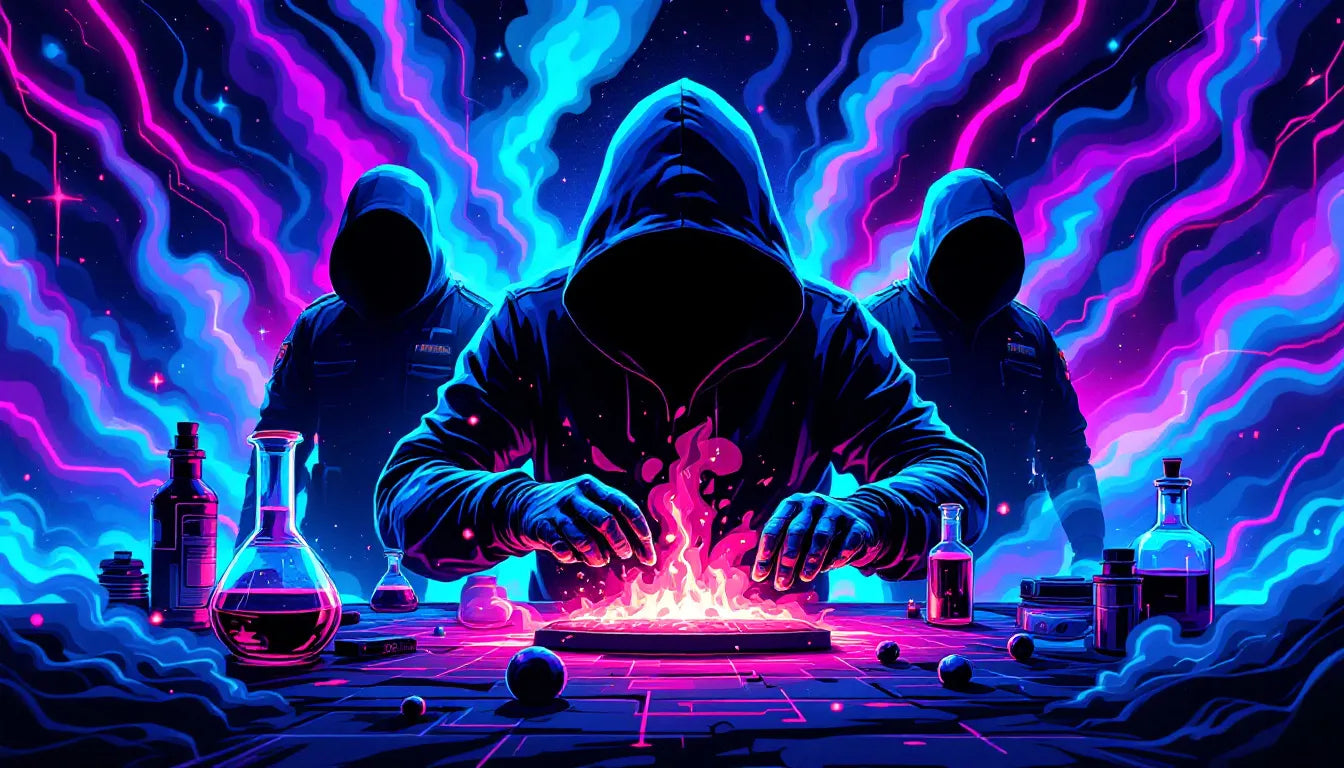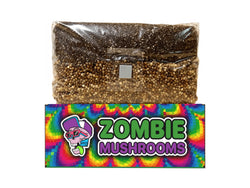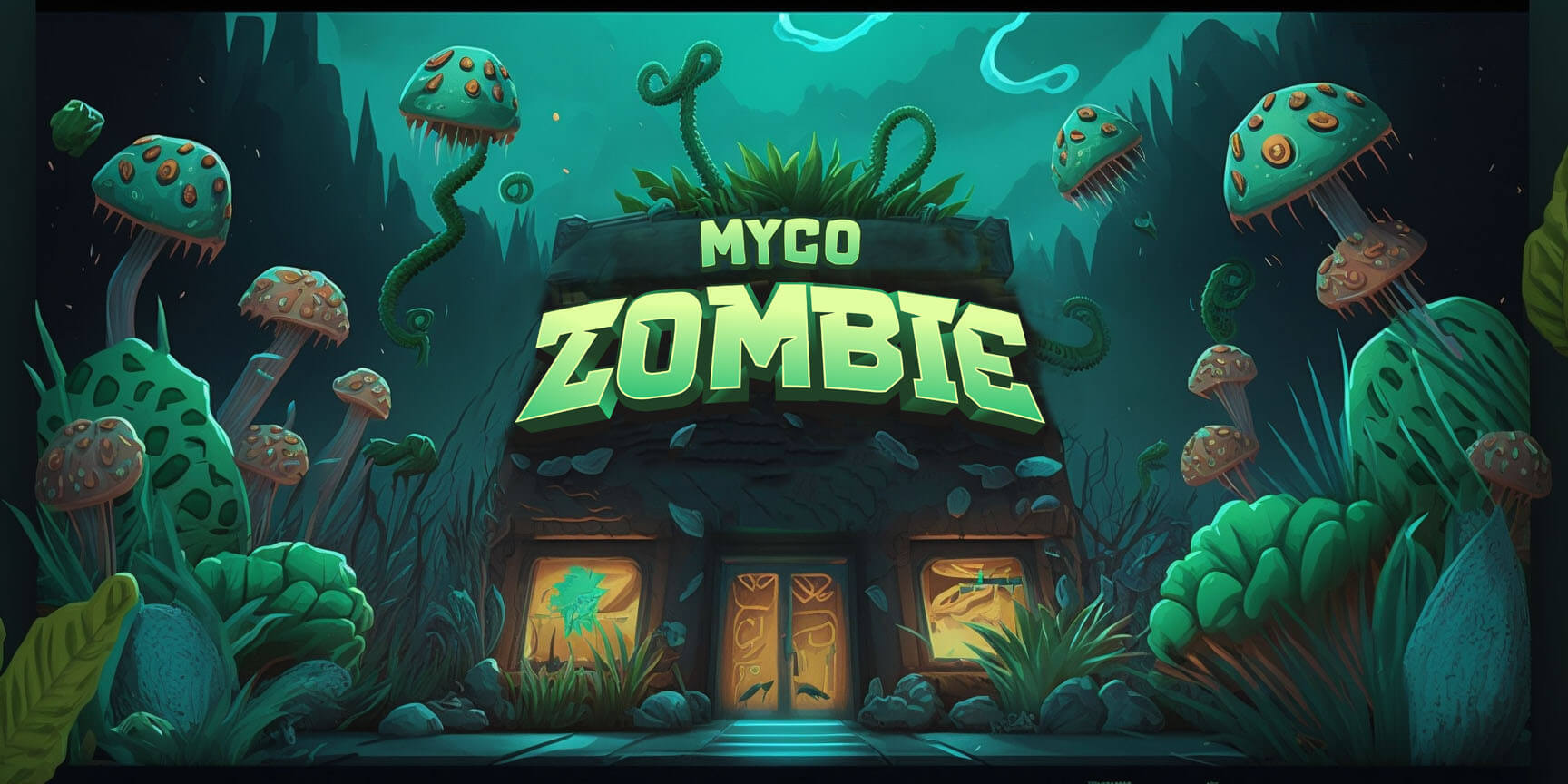- Designer drugs are chemically modified to evade legal restrictions while maintaining psychoactive effects.
- Synthetic stimulants like pentylone are increasingly found in drug seizures and misrepresented as MDMA.
- These substances pose severe health risks, including paranoia, cardiovascular distress, and fatal overdoses.
- Standard drug tests struggle to detect new synthetic drugs due to their frequently changing chemical structures.
- Law enforcement faces continuous challenges as underground chemists rapidly produce legal alternatives.
The Rise of Designer Drugs and Synthetic Stimulants
The global crackdown on illicit drugs has driven the rise of designer drugs—synthetic compounds created to mimic the effects of traditional narcotics while staying ahead of drug regulations. One particularly concerning category is synthetic stimulants, such as pentylone, which authorities are increasingly detecting in drug seizures. This shift presents significant challenges for law enforcement, public health agencies, and policymakers. Below, we explore why these substances are becoming more popular, the risks they pose, and how authorities are responding.

Understanding Designer Drugs and Synthetic Stimulants
Designer drugs are lab-created substances that are chemically altered to skirt existing drug laws while still delivering psychoactive effects. These drugs often mimic illicit drugs like cocaine, MDMA, and methamphetamine but come with unpredictable risks due to their inconsistent formulations.
Among these, synthetic stimulants are a major concern. These laboratory-engineered compounds are intended to provide stimulating effects similar to traditional stimulants. However, unlike naturally occurring substances, these synthetic variations can be highly unpredictable, with potency and effects varying significantly even in the same batch. This unpredictability increases the likelihood of harmful side effects, overdoses, and fatal incidents.
Why Are Designer Drug Substitutes on the Rise?
Several factors contribute to the increasing prevalence of designer drugs and synthetic stimulants
Legal Loopholes and Chemical Evasion
Governments worldwide have implemented strict narcotics control measures, making traditional illicit drugs more difficult to obtain. However, as soon as certain substances are banned, underground chemists alter their molecular structures just enough to create a new compound that isn't technically illegal—at least until legislation catches up. This cat-and-mouse game makes regulating these substances exceptionally difficult.
The Influence of the Dark Web
The rise of online black markets has allowed designer drugs to spread rapidly. Encrypted messaging services and dark web marketplaces provide anonymity, making it easier to distribute and purchase synthetic substances with minimal risk of detection by law enforcement. Since these substances can be sold in small, easily shipped packages, global trade is harder to monitor and regulate.
Inadvertent Impact of Drug Policies
When authorities crack down on traditional drugs like MDMA or methamphetamine, the demand for alternatives increases. While the intention behind prohibition laws is to reduce substance abuse, they sometimes encourage the emergence of even more dangerous substitutes. As common drugs become scarce, users unknowingly turn to unregulated, potentially harmful designer drugs instead.
Pentylone: The Emerging Threat in Synthetic Stimulants
One of the most concerning synthetic stimulants in recent years is pentylone, often falsely sold as MDMA. Reports from forensic laboratories indicate a growing trend of pentylone presence in drug seizures, particularly in Australia and other regions (Australian National University, 2024).
How Pentylone Differs from MDMA
Many users consume pentylone unknowingly, believing they are taking MDMA (Ecstasy/Molly). However, pentylone has longer-lasting stimulant effects and is associated with severe side effects, including
- Agitation and paranoia, leading to heightened anxiety and distress.
- Cardiovascular problems, including increased heart rate and high blood pressure.
- Hallucinations and psychosis, especially in high doses.
- Sleep disturbances due to prolonged stimulant effects.
Compared to MDMA, which has a relatively well-documented risk profile, pentylone presents greater uncertainty and danger due to its inconsistent composition and lack of research on long-term effects.
Law Enforcement and Detection: How Authorities Are Responding
The Challenge of Drug Identification
Standard drug tests and field-testing kits often struggle to detect synthetic stimulants due to their chemical variability. Since designer drugs continually evolve, forensic experts must rely on high-tech analytical techniques such as mass spectrometry and chromatography to accurately identify new substances. Even then, the constantly shifting nature of these drugs creates difficulties in classification and prosecution.
Global Cooperation and Intelligence Sharing
To combat designer drug markets, international cooperation is essential. Organizations like the United Nations Office on Drugs and Crime (UNODC) stress the importance of intelligence-sharing among countries. Since the production of synthetic stimulants often spans multiple nations, interoperable databases and combined enforcement efforts are necessary (United Nations Office on Drugs and Crime, 2023).
Public Health Risks of Synthetic Stimulants
The unpredictable potency and effects of synthetic stimulants significantly endanger public health
Accidental Overdoses and Fatal Reactions
Users often underestimate the potency of synthetic stimulants, leading to accidental overdoses. Unlike regulated medications or even well-documented illicit drugs, these substances vary in strength, making dosage regulation nearly impossible. Overdose symptoms can include everything from a racing heart and seizures to respiratory failure and death.
Psychiatric Effects and Neurological Damage
Unlike natural psychoactive compounds, synthetic alternatives often induce severe psychiatric symptoms. Users report extreme anxiety, paranoia, hallucinations, and even psychotic breaks. Chronic use may lead to long-term cognitive impairment and increased susceptibility to mental health disorders.
Harm Reduction Challenges
Due to their frequent chemical modifications, synthetic stimulants outpace harm reduction efforts. Many users consume them unknowingly, thinking they are getting familiar drugs like MDMA or cocaine. Without accurate drug testing and public education, preventing these health risks remains extremely difficult (National Institute on Drug Abuse, 2023).

The Difficulty in Regulating Designer Drugs
Legislating against designer drugs is a constant struggle.
- Legislation Lag: As soon as one synthetic drug is banned, underground chemists tweak its formula slightly, creating a new, legal alternative.
- Broad Classification vs. Specific Targeting: Some experts advocate for broad-spectrum laws that outlaw entire families of chemically related substances, instead of targeting individual compounds. This could prevent the continuous cycle of ban-and-replace seen with synthetic stimulants.
- Debating Harm Reduction vs. Criminalization: Some policymakers argue that stricter laws drive illicit drug markets underground, making regulation harder. Proposing harm reduction programs—such as legalized drug testing services—may help mitigate harm rather than relying solely on enforcement.

The Evolution of the Underground Drug Market
For every banned illicit substance, a new designer substitute emerges. Underground drug manufacturers constantly adapt, tweaking chemical recipes to avoid legal repercussions. This ongoing cycle suggests that strict prohibition isn't entirely effective. Some experts suggest that alternative harm-reduction and decriminalization strategies—such as those seen in Portugal's drug policy—could be more effective in addressing health risks.
The Connection Between Natural Psychoactives and Synthetic Counterparts
It's critical to distinguish naturally occurring psychoactive substances from synthetic stimulants.
- Naturally Derived Compounds: Substances like psilocybin mushrooms, ayahuasca, and peyote have been studied for their therapeutic properties and relatively low risk of overdose.
- Lab-Created Synthetics: Designer drugs like pentylone lack medical oversight and may result in severe, unpredictable side effects.
This contrast underscores the need for evidence-based policymaking that distinguishes between potentially therapeutic natural substances and high-risk synthetic alternatives.

Harm Reduction Strategies and Public Awareness
Given the dangers posed by synthetic stimulants, harm reduction efforts are essential. These include
- Drug Testing Centers: Allowing users to test substances before consumption to identify unexpected or dangerous additives.
- Public Awareness Campaigns: Educating users about the risks of designer drugs through schools and online resources.
- Medical and Emergency Training: Ensuring healthcare providers and first responders stay informed about new and emerging synthetic drugs.
A balanced strategy—combining enforcement, regulation, education, and harm reduction—can help mitigate the risks associated with designer drug trends.
Citations
- Australian National University. (2024). Rise of designer drug pentylone following crackdown on illicit drugs. Retrieved from [REDACTED]
- United Nations Office on Drugs and Crime. (2023). World Drug Report: The Evolution of Synthetic Drugs. Vienna, Austria: United Nations Publications.
- National Institute on Drug Abuse. (2023). Synthetic stimulants: Trends and emerging dangers. Bethesda, MD: NIDA.




